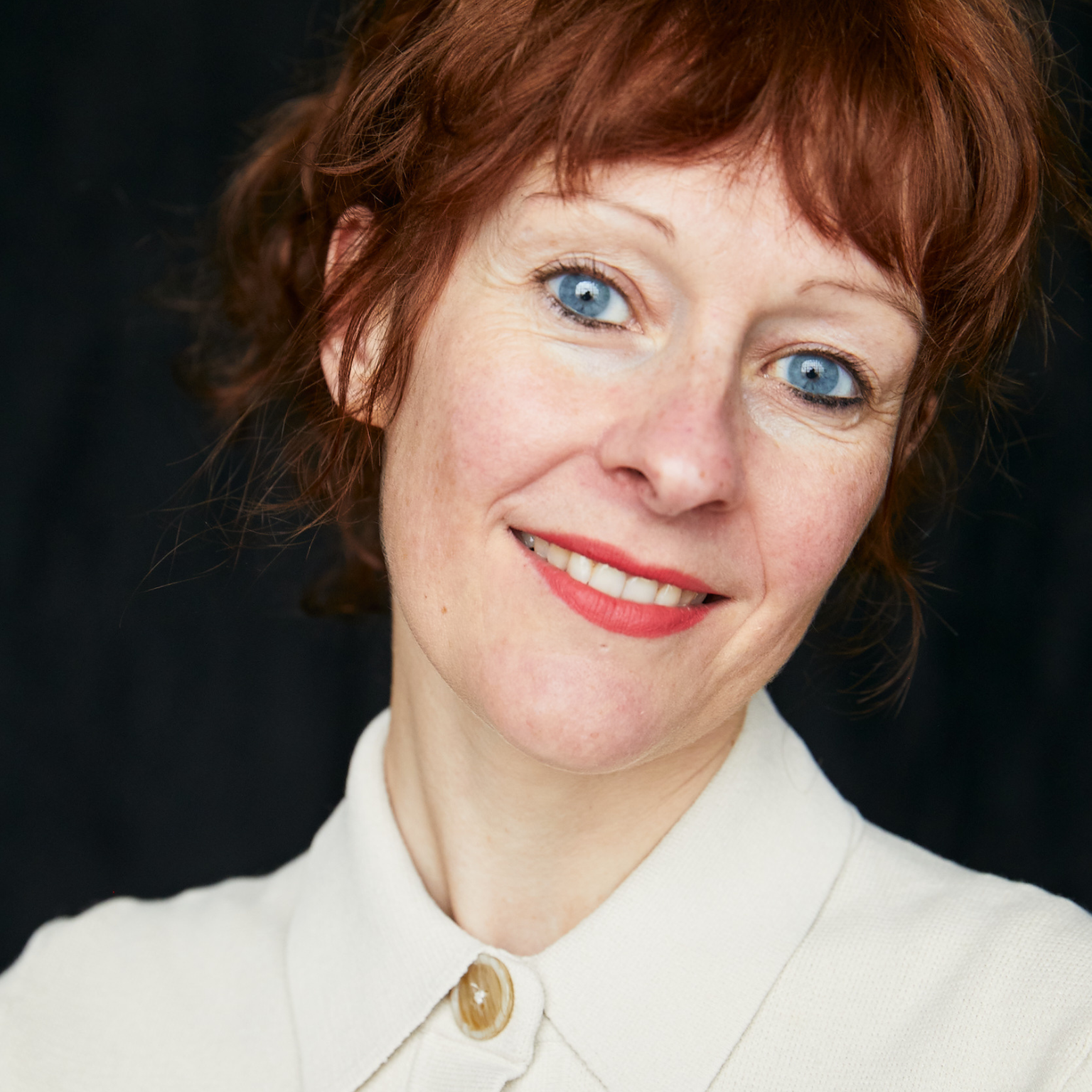Li Hongbo is a paper sculptor from China. Photography © Courtesy of the artist and Eli Klein Gallery
1.In your opinion what is the role of a museum?
It is a place for artists to accomplish their dreams. Museums are more academic, which enables artists to explore works on a personal artistic language level that may not have market value.
2.What are your favorite museums in the world? Why?
I have many favorites. Because established museums all have their own clear positioning, what they collect or display are crystallizations of human wisdom with unique and distinctive characteristics that are all worth our careful study. For example, the exhibitions at the Pompidou Centre show that their criteria for selecting artists are forward-looking. Accademia di Belle Arti di Firenze (Florence National Academy of Fine arts of Italy) is a public art museum that integrates education, exhibition, presentation, and collection.
The perfect execution of all those functions represents the valid quality of an academic art institution. There are also the Louvre, the Vatican Museums, the Tate, the Metropolitan Museum of Art, the Prado Museum and many more. I am impressed by the quality of their world-renowned collections and exhibitions.
At the same time, they also help facilitate the digitization of the collection and the sharing network function, which helps enthusiasts and researchers all around the globe.
3.How important are social networks in your business? And which platform do you prefer and why.
Social media is becoming increasingly important in the art business. It helps galleries, artists, museums, schools and other institutions in promoting, exchanging and learning art. WeChat is the most important platform in China because it dominates the Chinese market. And there is instagram and facebook as well.
4.In particular, due to the coronavirus emergency, how have you changed your business on social networks?
People will be spending more time on social networks. That’s the trend of our times even without the virus. And now that process is speeding up with the outbreak. Eli Klein Gallery has a good and solid presence on all major social media platforms. At this time, this presence will become the main focus in advertising and promoting art.
5.To create greater engagement among museums, artists and professionals, do you have any advice for cultural projects such as #MuseumWeek?
Creating greater engagement among museums, artists and professionals is something that I admire and look forward to. My suggestion would be that for selecting artists and art practitioners. I would personally recommend a more diversified method in the selection process, and the criteria should avoid personal affection and thus is more objective.
Interview by Fabio Pariante, journalist
MORE
Li Hongbo on social networks: Instagram – Facebook
Li Hongbo (Jilin, 1974) is a Chinese artist better known as “the artist of the paper”. The materials he uses to make his sculptures are exclusively paper and glue and each work becomes dynamic because it can be extended to then return to its original state: for each bust Li uses up to 26 thousand sheets of white paper stacked one on top of the other. His works have been exhibited all over the world and he is represented by the Klein Sun Gallery in New York. Li is also the founding director of the China Paper Art Research Institute at Jilin Normal University. Today the artist lives and works in Beijing.



